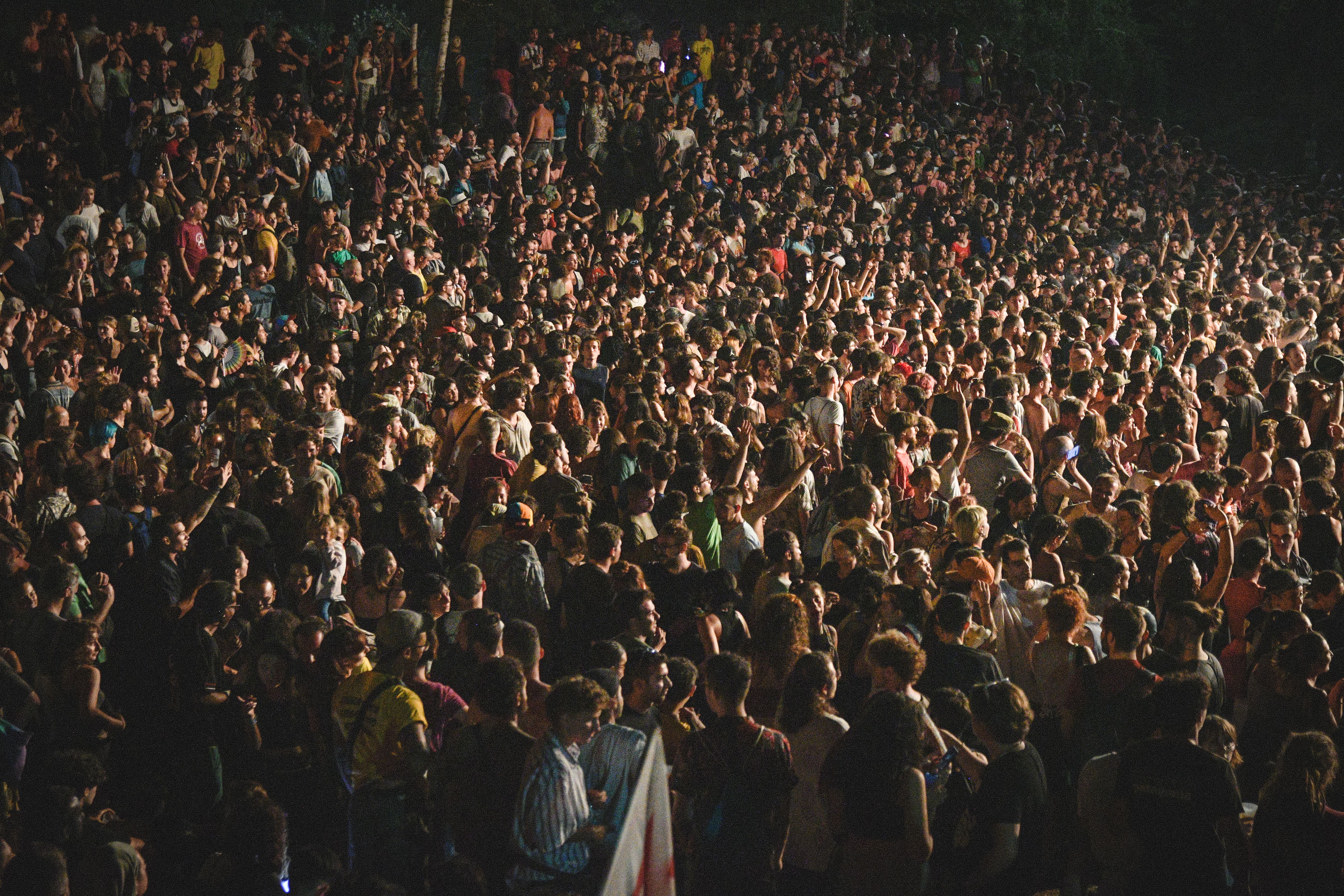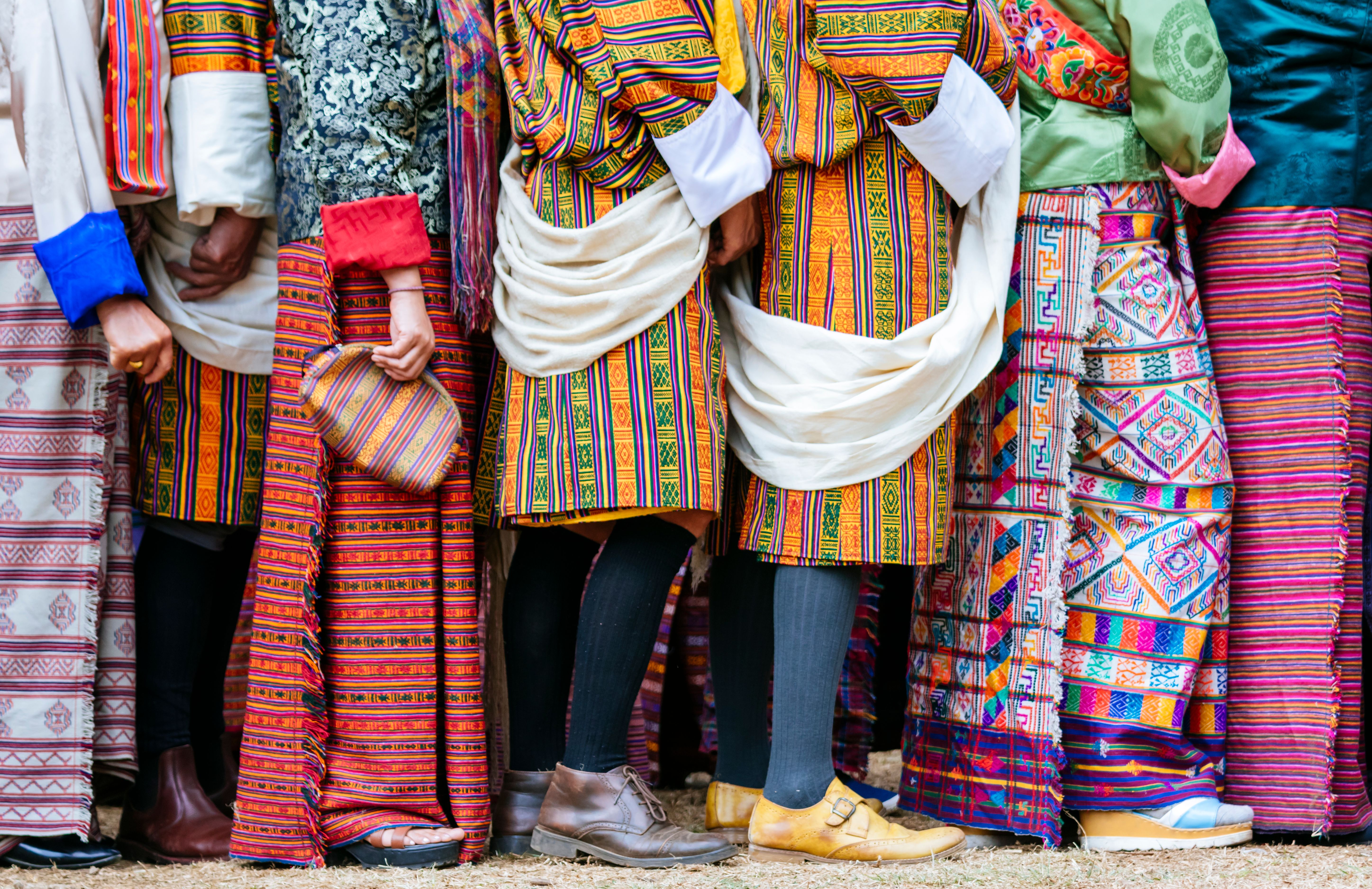Experiencing Thimphu Tsechu: A Cultural Celebration in Bhutan
Introduction to Thimphu Tsechu
Thimphu Tsechu is one of Bhutan's most vibrant and culturally rich festivals, celebrated annually in the capital city of Thimphu. This grand event is a significant part of Bhutanese culture, offering locals and visitors alike a unique insight into the country's spiritual and communal traditions. Held over several days in autumn, Thimphu Tsechu is a time of joy, celebration, and spiritual reflection.

The Origins and Significance
The festival dates back to the 17th century and was initiated by the fourth Druk Desi, Tenzin Rabgye, in honor of Guru Rinpoche, who is credited with introducing Buddhism to Bhutan. Thimphu Tsechu is not only a religious celebration but also an opportunity for social gathering. It plays a crucial role in preserving Bhutan's cultural heritage and strengthening community bonds.
During the festival, various mask dances are performed, each with its own spiritual significance and story. These dances are believed to bring blessings, protect onlookers from evil, and purify the souls of those who witness them. The festival's religious significance is deeply rooted in the teachings of Buddhism and is a testament to Bhutan's rich spiritual heritage.
The Festive Atmosphere
The atmosphere during Thimphu Tsechu is electric and brimming with excitement. The streets of Thimphu come alive with vibrant colors, traditional music, and the aroma of local delicacies. People from all over Bhutan, dressed in their finest traditional attire, gather at the Tashichhodzong courtyard, where most of the festivities take place.

Visitors will experience an array of cultural activities, from colorful parades to local handicraft stalls. It's a sensory feast that offers a deep dive into Bhutanese culture and tradition. The festival is also an opportunity for families to come together, celebrate their heritage, and pass down cultural traditions to younger generations.
Highlights of the Festival
One of the main highlights of Thimphu Tsechu is the Cham dance, a sacred masked dance performed by monks and laymen. These dances are not merely performances but are considered a form of meditation and a way to gain merit. Each dance tells a story from Buddhist mythology, conveying messages of compassion, wisdom, and the triumph of good over evil.
- The Dance of the Black Hats: A mesmerizing performance symbolizing the destruction of evil.
- The Dance of the Stags: Represents the conversion of hunters to Buddhism through compassion.
- The Dance of the Eight Manifestations: Illustrates the eight forms taken by Guru Rinpoche.
Planning Your Visit
If you're planning to experience Thimphu Tsechu, it's essential to plan ahead as accommodations can fill up quickly during the festival period. The best time to visit is during the main days of the festival when the most significant events occur. To truly immerse yourself in the experience, consider wearing traditional Bhutanese attire, which can often be rented locally.

Additionally, engaging with locals can enhance your understanding and appreciation of the festival's cultural significance. They are usually eager to share insights and stories about their traditions, providing a more enriching experience for visitors.
Conclusion
Experiencing Thimphu Tsechu is more than just attending a festival; it's about connecting with Bhutan's spiritual essence and understanding its cultural identity. This celebration offers a unique opportunity to witness ancient traditions in contemporary times, making it an unforgettable experience for anyone interested in exploring the rich cultural tapestry of Bhutan.
